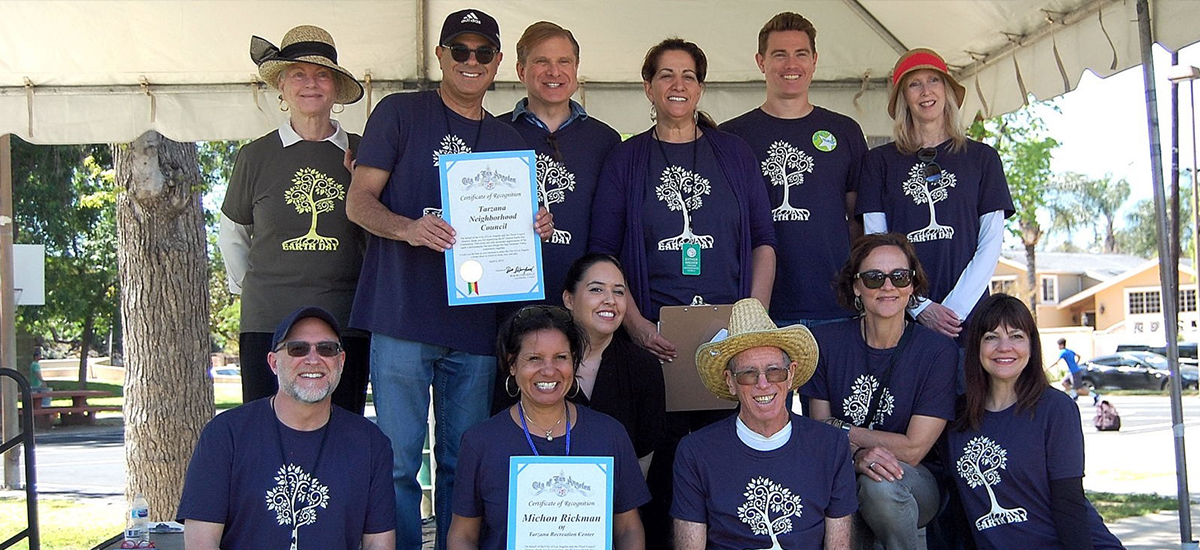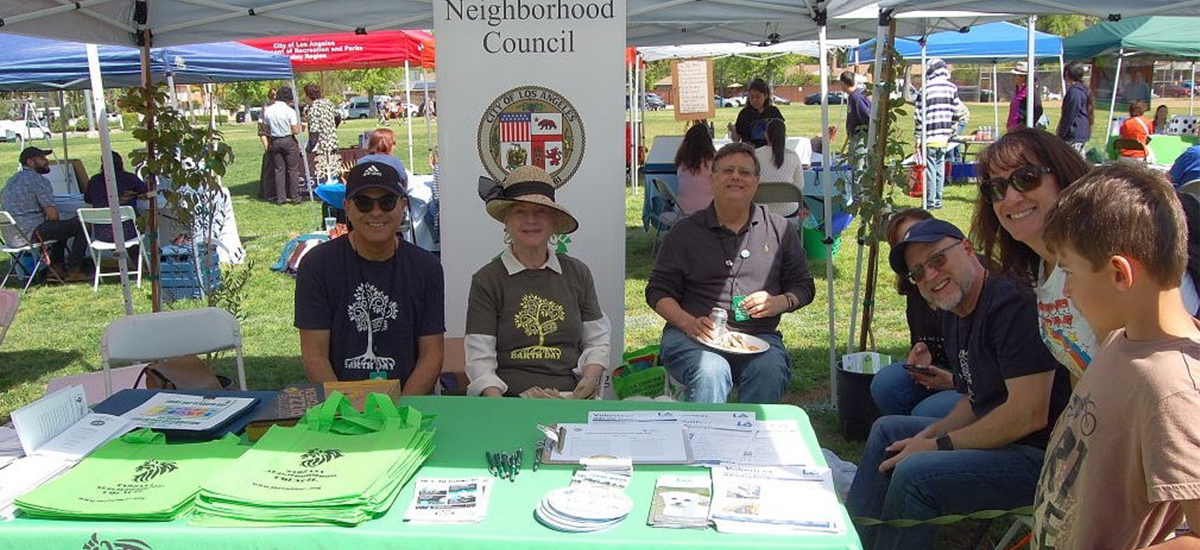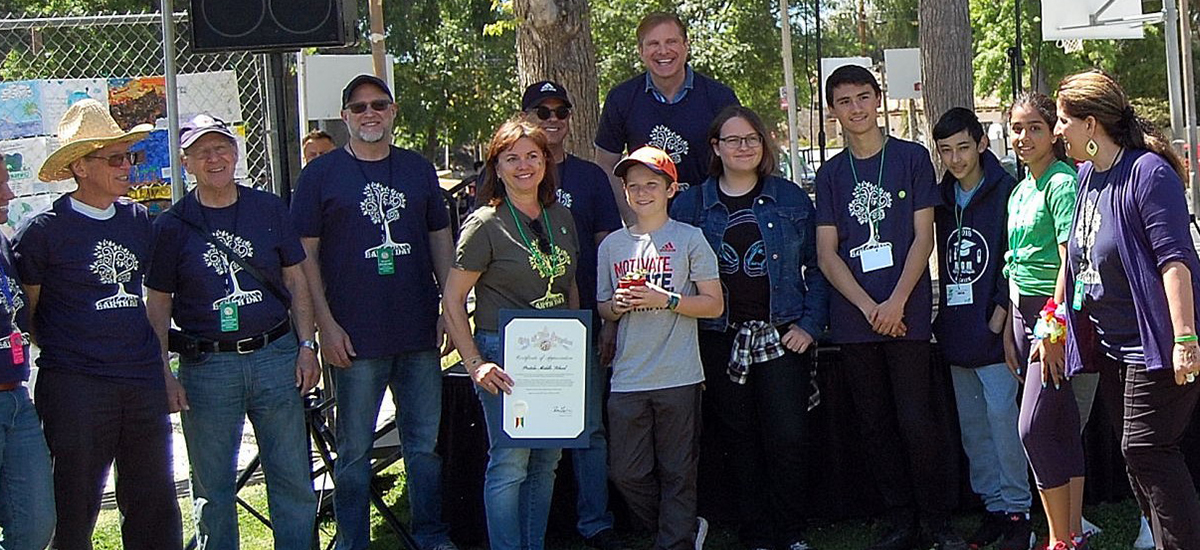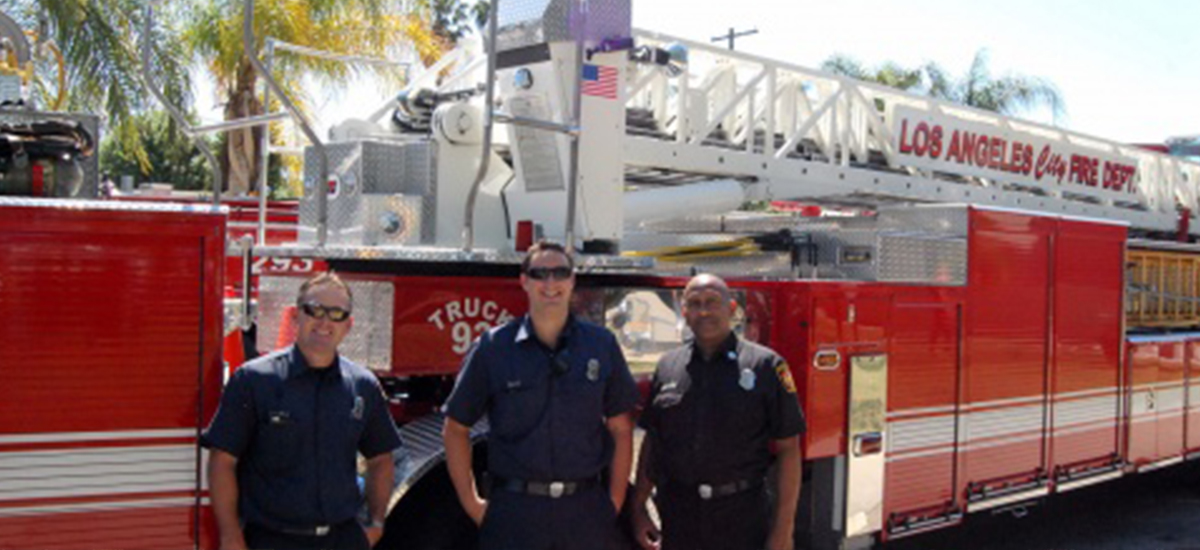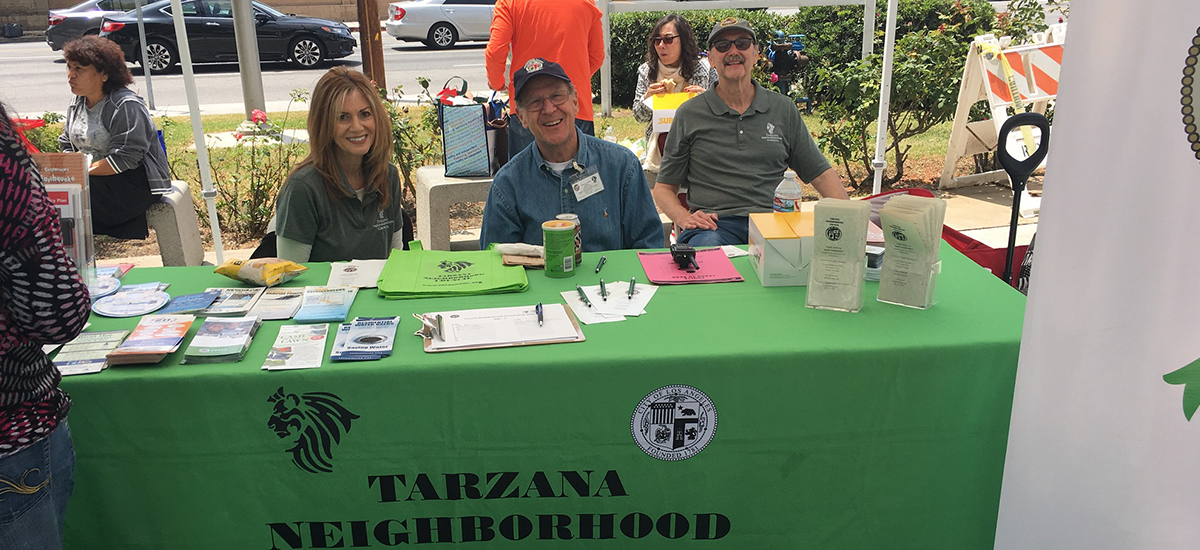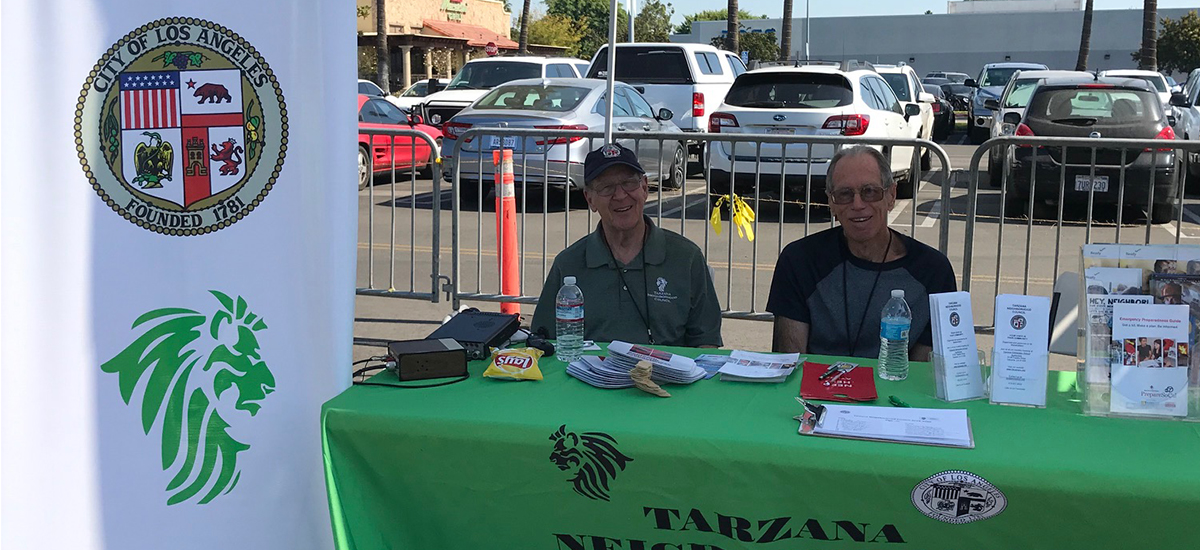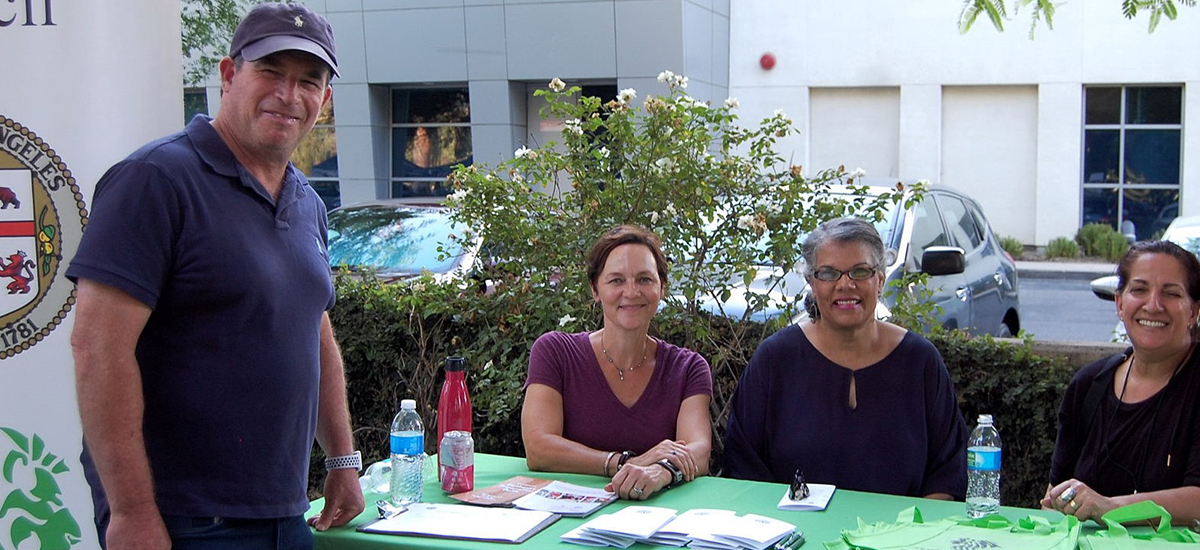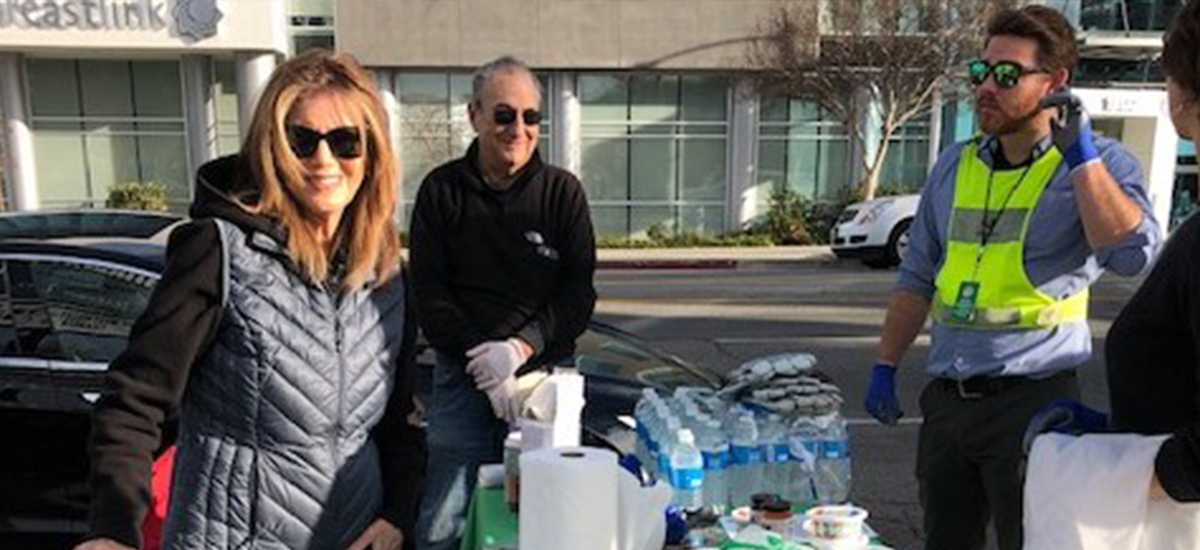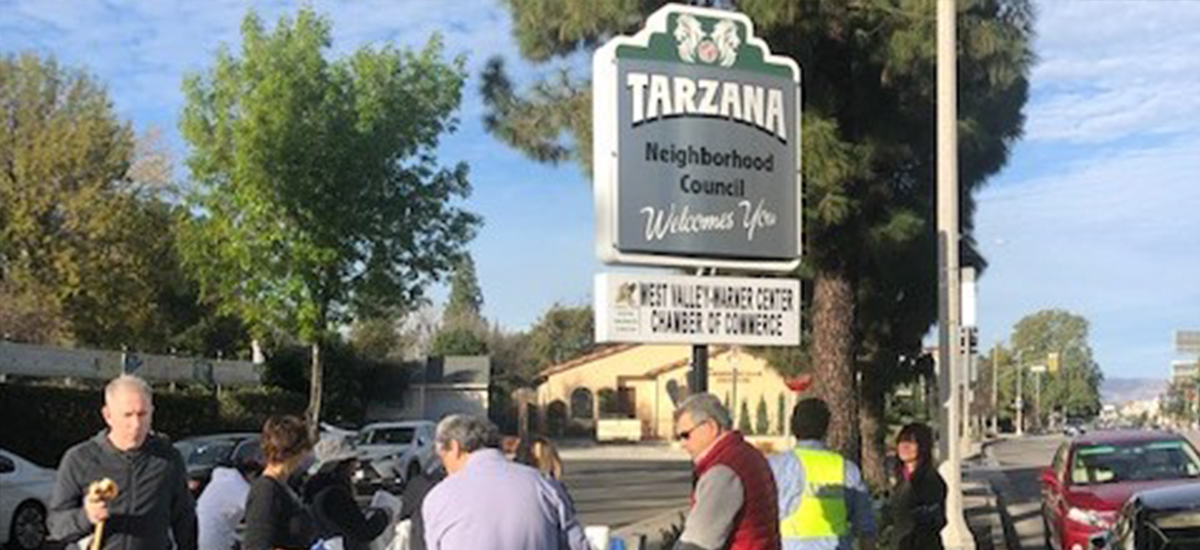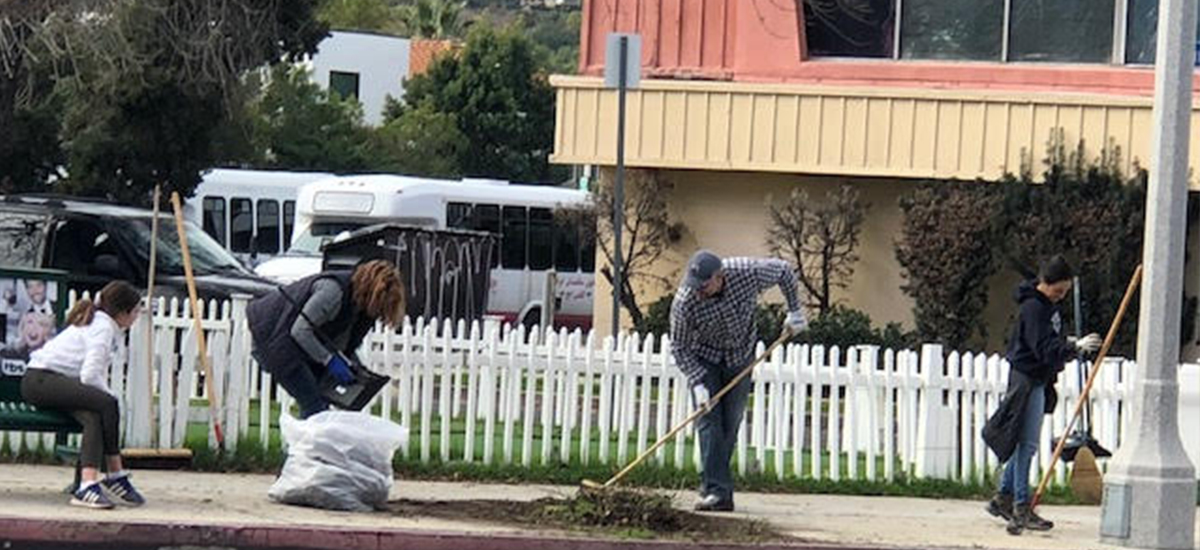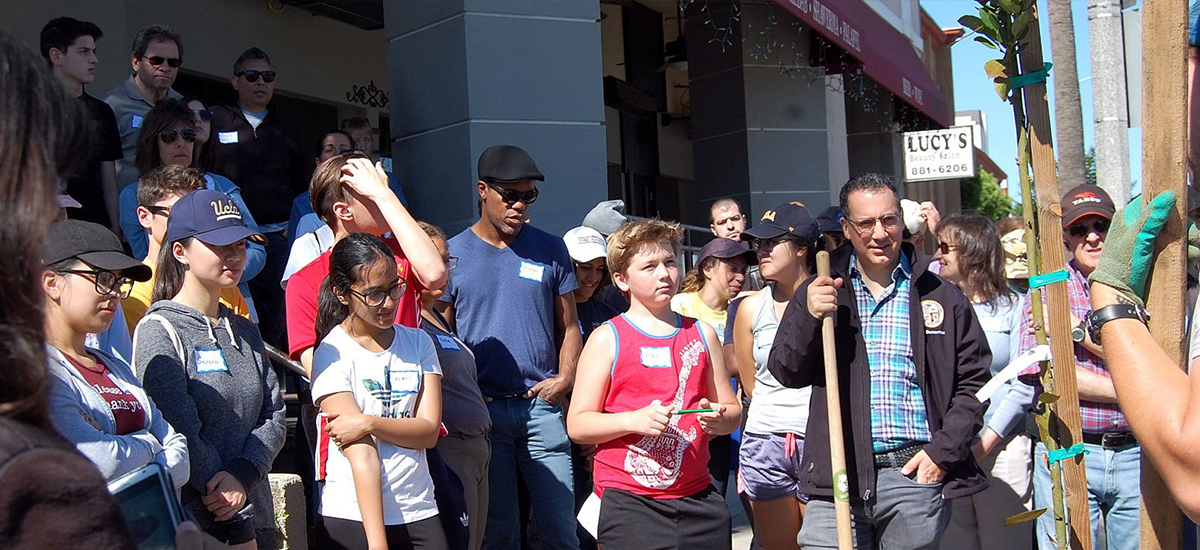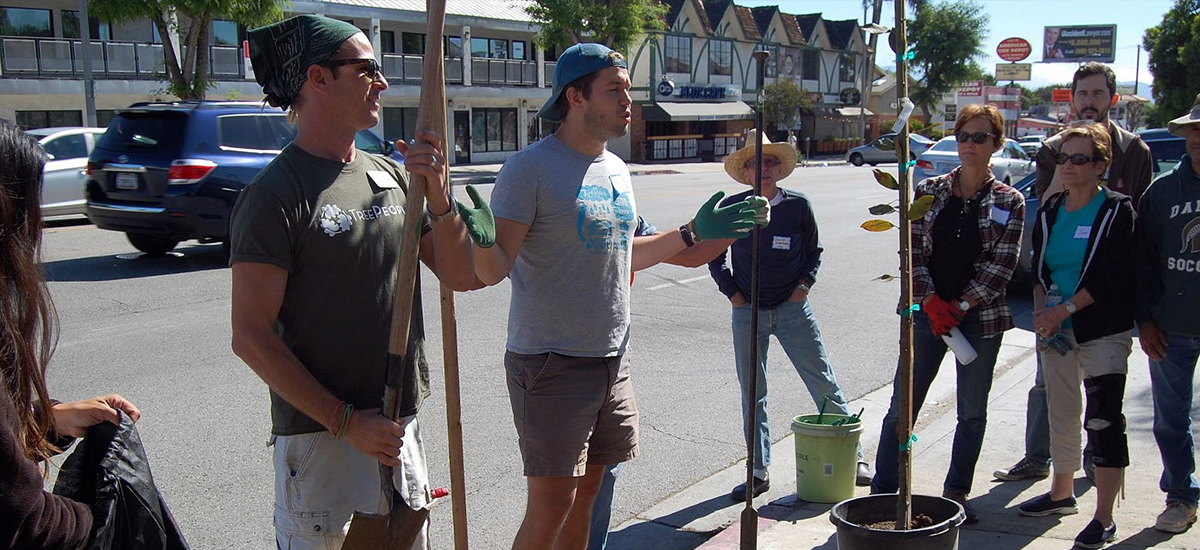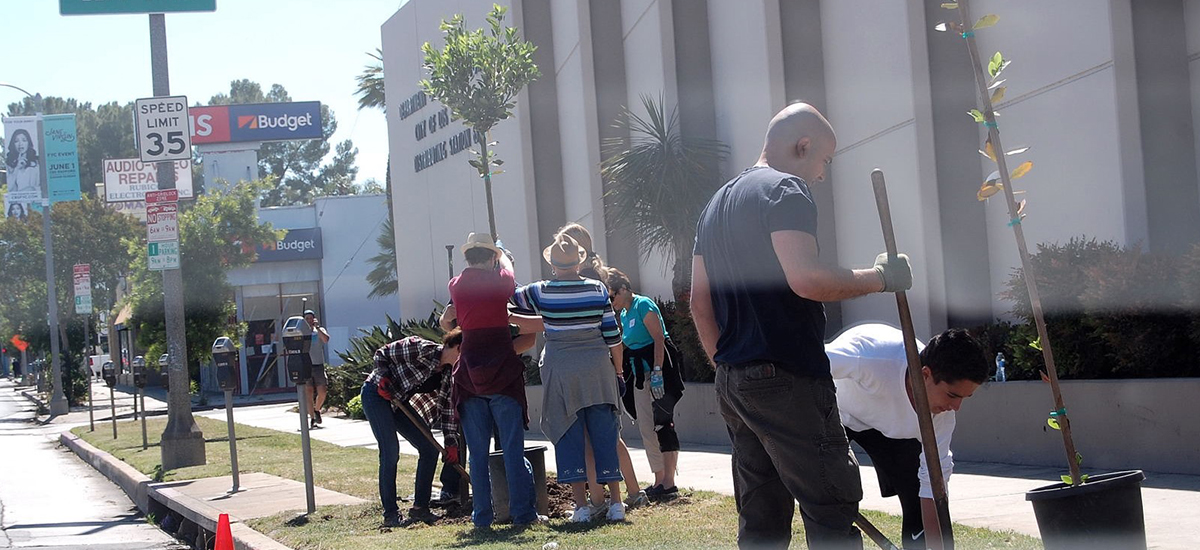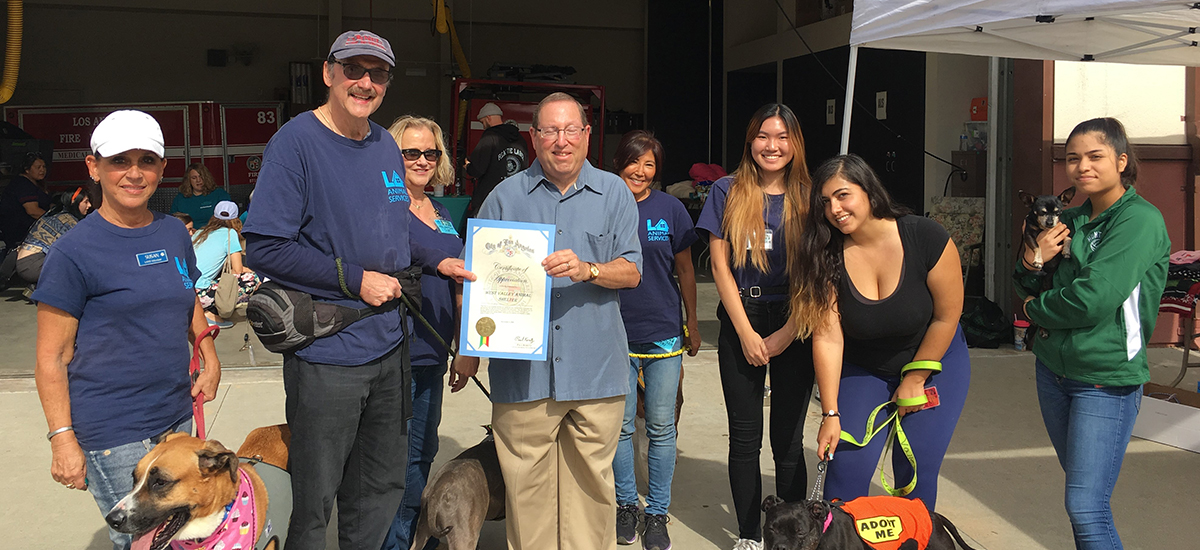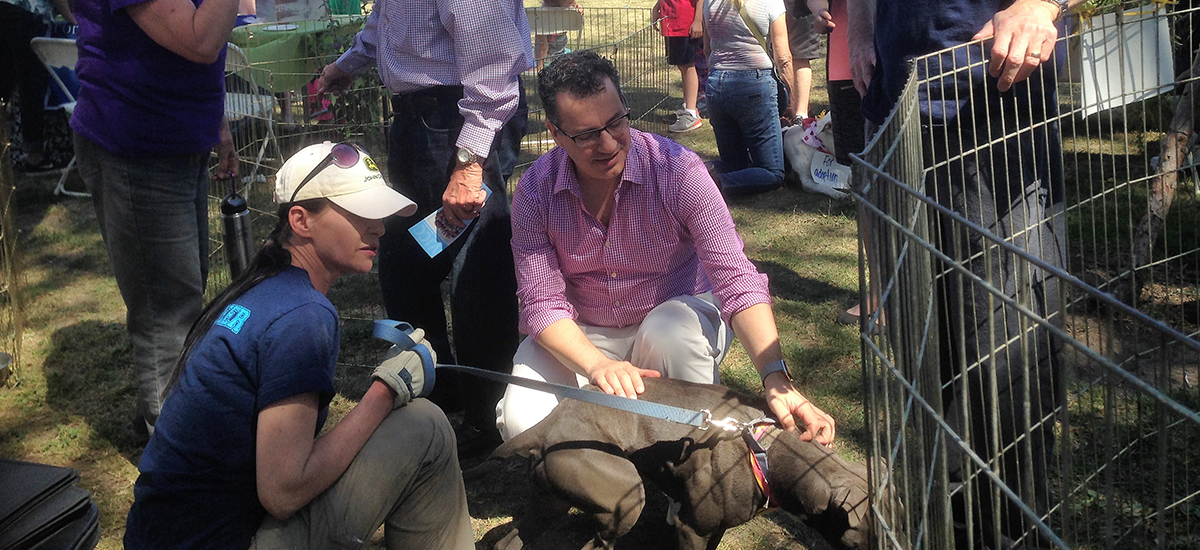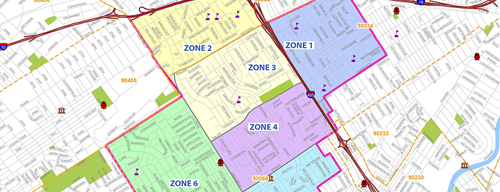
You are Invited to the TNC Budget & Finance Committee mtg, 12/3 @6:30PM
Posted on 12/01/2025TARZANA NEIGHBORHOOD COUNCIL
SPECIAL JOINT BUDGET AND FINANCE COMMITTEE AND SPECIAL BOARD MEETING
Wednesday December 3, 2025 6:30 PM (Note Change of Date and Time)
Zoom Meeting Online or By Telephone https://us02web.zoom.us/j/84227443129
Dial 1-669-900-6833 to Join the Meeting
Then dial ID: 842 2744 3129 and Press #
To View the Agenda CLICK HERE

You are Invited to the TNC Exec. Committee Meeting, 12/4 @8:15AM
Posted on 12/01/2025TARZANA NEIGHBORHOOD COUNCIL
EXECUTIVE COMMITTEE AGENDA
SPECIAL MEETING
Thursday December 4, 2025 8:15 AM
VIPs Café
18345 Ventura Blvd.
Tarzana, CA 91356
To View the Agenda CLICK HERE

FOOD RESOURCES IN CD3
Posted on 11/07/2025

LA City - Know Your Rights Training & Resources
Posted on 06/10/2025Several city departments provide Know Your Rights training and resources: Community Investment for Families Department, LA Public Library, and Department of Recreation and Parks.
Know Your Rights: Whether you are at work, home or in your community, it's important that all Angelenos know their rights.
- If officers ask you questions, you have the right to say: “I choose to remain silent.”
- You have the right to consult with an attorney before answering any questions or signing any documents.
- If you have valid U.S. immigration documents, carry them with you. Never carry false documents or lie about your immigration status.
- No law enforcement officer can enter your home without your permission unless that officer has a warrant signed by a judge. An administrative warrant from the Department of Homeland Security does not give officers the right to enter your home against your will.

Join LA Park Needs Assessment Community Meetings
Posted on 06/02/2025
Reminder: Join Us for the LA Park Needs Assessment Community Meetings!
A friendly reminder that the Phase 2 Community Meetings have just kicked off, and we hope to see you this month at one of the locations across the City! Thanks to your valuable input during Phase 1, we’ve started building a vision for our parks and recreation spaces.
Your voice continues to be essential. Whether you’re returning or joining for the first time, your participation makes a difference. To find a Community Meeting date and location that is convenient for you, visit bit.ly/EngageLAPNA Virtual meetings are also available.
About the Park Needs Assessment:
The City of Los Angeles Department of Recreation and Parks is conducting a Park Needs Assessment to better understand how we can improve and develop our parks to meet the needs of the residents of Los Angeles. It will guide future investment in park infrastructure and amenities that is reflective of the diverse cultures and communities of Los Angeles and its projected population growth. The Park Needs Assessment process will include many opportunities for the community to participate and engage through community meetings, pop-ups, key group meetings, equity focused events and more! To learn more about the process, visit the Park Needs Assessment website at bit.ly/LACityParksNeeds.

LA Animal Services - Spay & Neuter Resources
Posted on 10/04/2024

Blumenfield Introduces New Environmental Efforts
Posted on 06/18/2024
Councilmember Blumenfield Introduces New Environmental Efforts to Ensure Clean Drinking Water and Reduce Health Risks from Artificial Turf |
|
Recently the Council approved Councilmember Blumenfield’s motion that instructs the Los Angeles Department of Water and Power (LADWP) to test for the presence of Polyfluoroalkyl / Perfluoroalkyl Substances (PFAS) and other similar contaminants and provide information on how to ensure safe potable drinking water for the City. This was prompted by recent revelations that DWP, for the first time ever, detected these contaminants in two water sources in the San Fernando Valley (the Pollock Well Field and at the Tujunga Well Field). While the levels were not deemed dangerous, it raised enough concern for Blumenfield to put together the motion.
Separately, Blumenfield introduced a motion to help Los Angeles transition away from artificial turf/synthetic grass and encourage the transition to California drought-friendly landscaping. Made from petroleum products, artificial turf/synthetic grass has been found to cause serious environmental issues as it degrades, can magnify the ‘heat island effect,’ and can burn in a wildfire. In the past it had been heralded as a good water-saving landscape alternative, but the conventional wisdom has been rapidly changing as the product has been studied, peer-reviewed and tested. Ultimately, a ban on future non-functional / decorative turf may be necessary. Artificial turf is now known to contain harmful substances such PFAS, and other “forever chemicals”. In April 2024, the Biden-Harris Administration, through the Environmental Protection Agency, categorized PFAS and other “forever chemicals” as hazardous substances dangerous to human health. The EPA has concluded that exposure to PFAS may lead to reproductive effects, developmental delays, and risks of some cancers. Exposure can occur through inhalation, ingestion, skin contact, and mucous membrane exposure, including microplastic dust kicked up on artificial turf fields.
On the effort regarding artificial turf, Charming Evelyn, Chair of the Sierra Club Angeles Chapter’s Water Committee, said, “Sierra Club stands in strong support of this motion from City Councilmember Blumenfield. This is a crucial step for preventing widespread contamination and protecting public health.”
|
All LA RESIDENTS CAN NOW PUT FOOD SCRAPS IN GREEN TRASH BINS
Posted on 01/16/2023
|
||||
|

Responsible Animal Guardians
Posted on 05/23/2025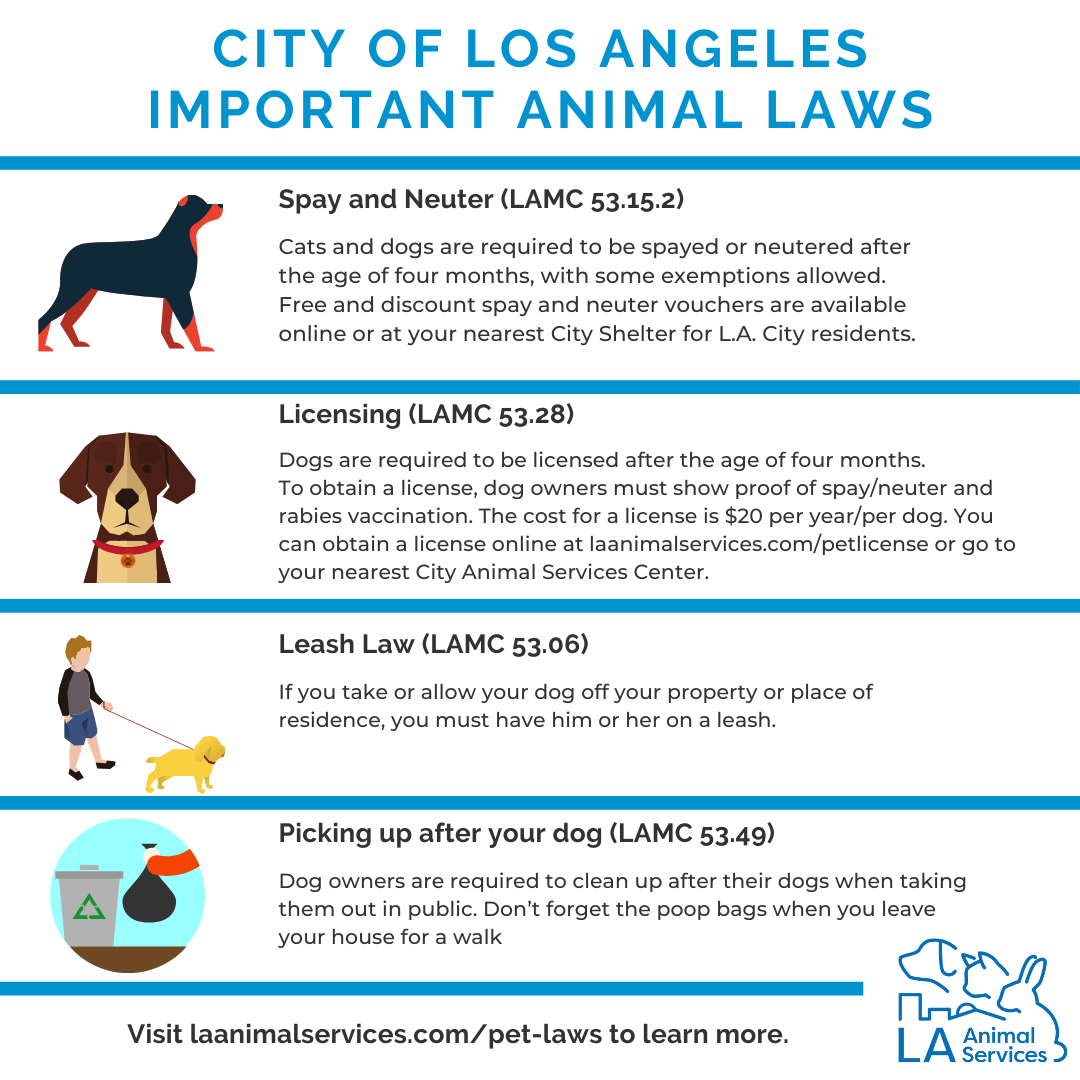
MAY IS RESPONSIBLE ANIMAL GUARDIAN MONTH
Pet owners in LA City can celebrate by following Important Pet Laws
- Spay or Neuter your dog to prevent unwanted litters and even some common forms of cancer. Spay or Neuter is mandatory for dogs and cats in the City of Los Angeles. Free spay and neuter vouchers can be downloaded from our website.
- License your dog. Dogs are required to be licensed as proof that they have a current Rabies Vaccination. You can get your dog's license online at laanimalservices.com/
petlicense. And if your dog gets lost, we will be able to get them home to you right away! - Obey the Leash Law. Dogs must be on leash unless they are in your fenced yard or at an off leash dog park. This prevents them from being hit by a car.
- Scoop your dog’s poop. Be a good neighbor and clean up after their dogs. Don’t forget the poop bags when you leave your house for a walk.
- View more important pet laws at laanimalservices.com/pet-laws

Alert! If You Have a Dog or Cat, Watch Out for Foxtail Plants
Posted on 08/06/2021AMIMAL ALERT-If you have a dog or cat, I want to alert you to the danger of Foxtail Plants. We are having an infestation of foxtails this year...
“The barbed seed heads of the foxtail plant can work their way into any part of your dog or cat, from the nose to between the toes and inside the ears, eyes, and mouth. They can even simply dig themselves directly into a patch of skin. …
"The danger of foxtails goes beyond simple irritation. Because these tough seeds don't break down inside the body, an embedded foxtail can lead to serious infection for your dog. It can even lead to death if left untreated. …
"Foxtails travel. Moving relentlessly forward, never back, they can migrate from inside your dog's nose to its brain. They can dig through skin or be inhaled into -- and then perforate -- a lung.”
Foxtails are also dangerous to cats.
This article states:
“Remember, once a foxtail has embedded itself into your dog's [or cat's] skin, it will take a professional to remove it, including anesthetic and a surgical procedure by your veterinarian. Never attempt to remove an embedded foxtail yourself, since you may cause additional infection, pain, and suffering for your dog.”
Dogs are more apt to get foxtails up their noses because they are constantly sniffing plants and the ground, but cats can get them as well, in any part of their bodies. Removing a foxtail from a dog’s nose may require major surgery. This website has some pictures of foxtails.
Be careful with your dogs and cats. Foxtails are found in fields, on trails, next to roads, in parks, and even in back yards. Please forward this information to anyone you know who has a dog or cat.
By Jeffrey Mausner, TNC Animal Welfare Committee Chair; as first appeared in CityWatch, June 6, 2019 (prepped for CityWatch by Linda Abrams)
More information can be found at WebMD Veterinary Reference, Click Here
View Previous Posts

